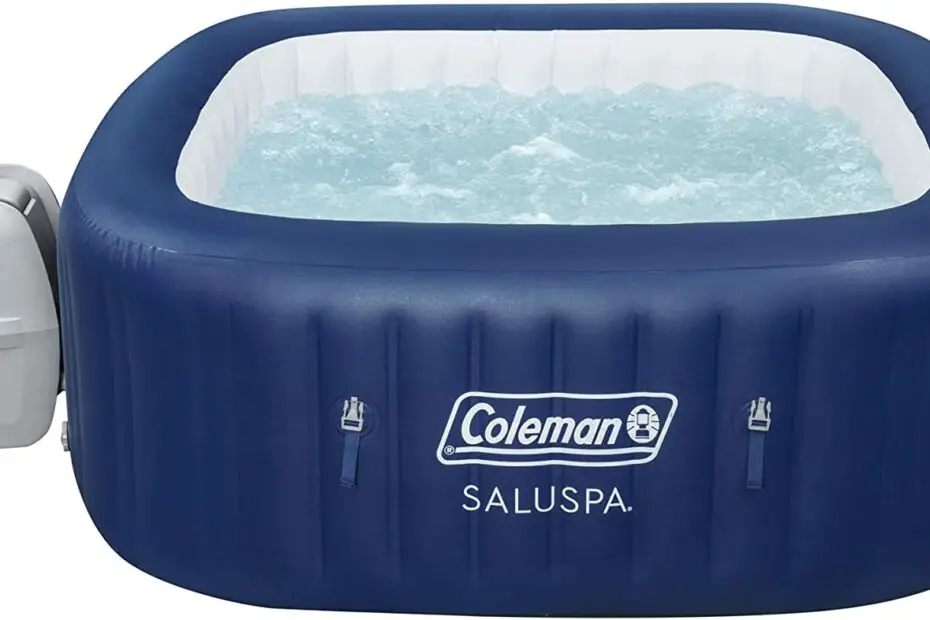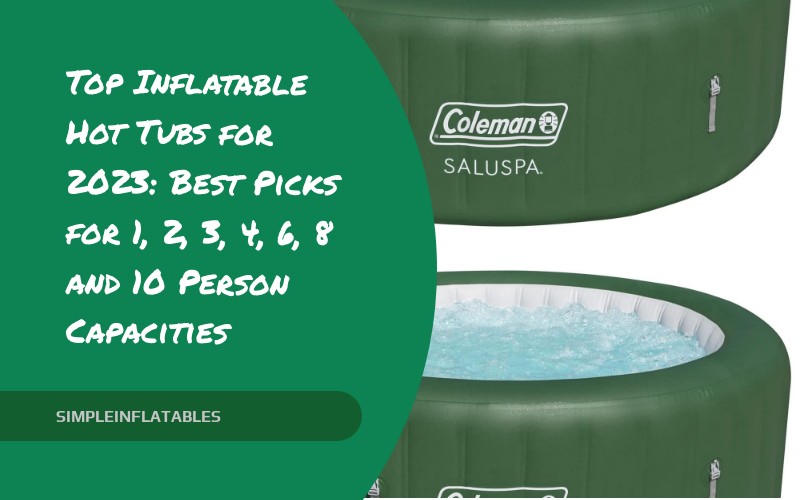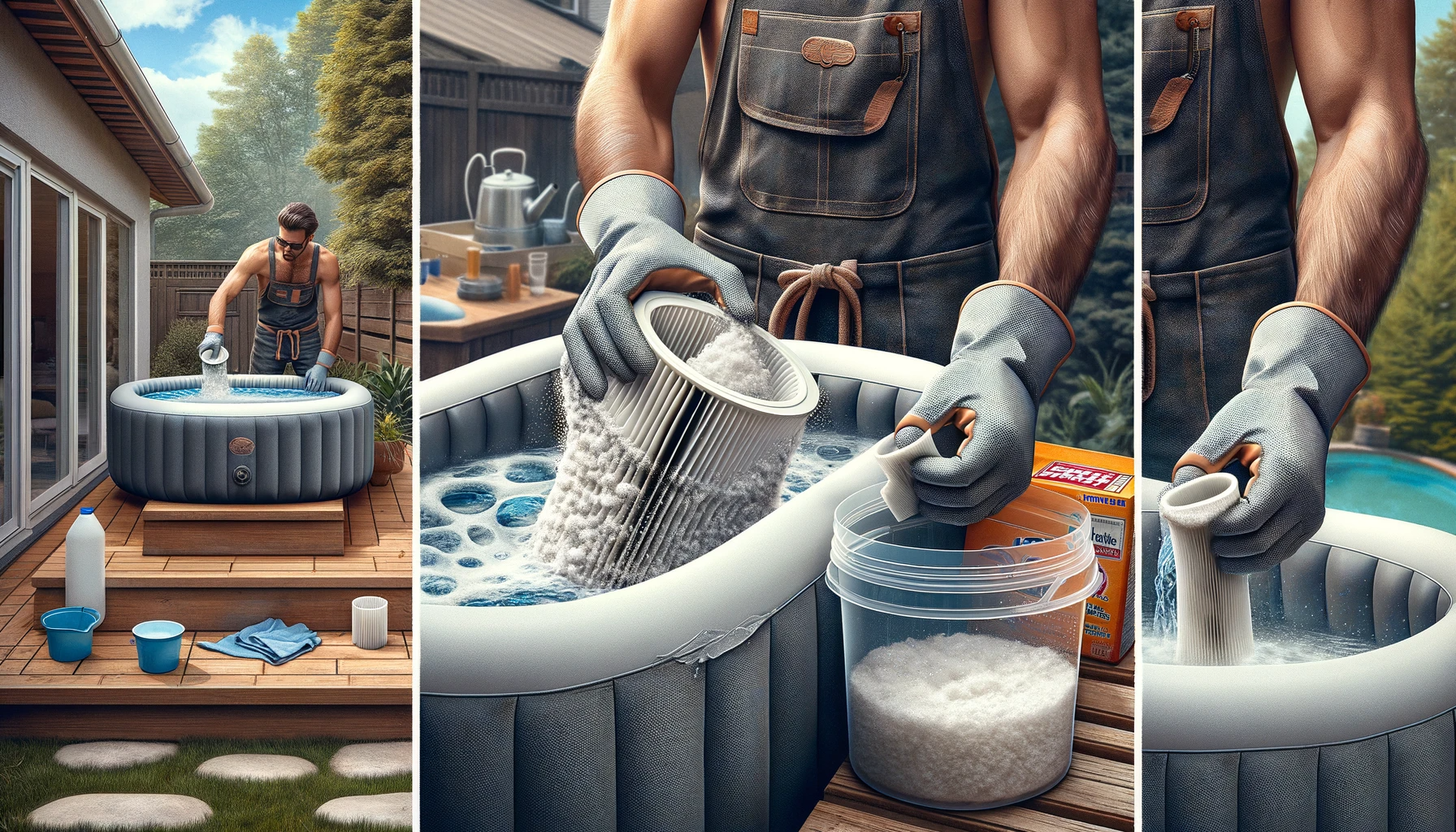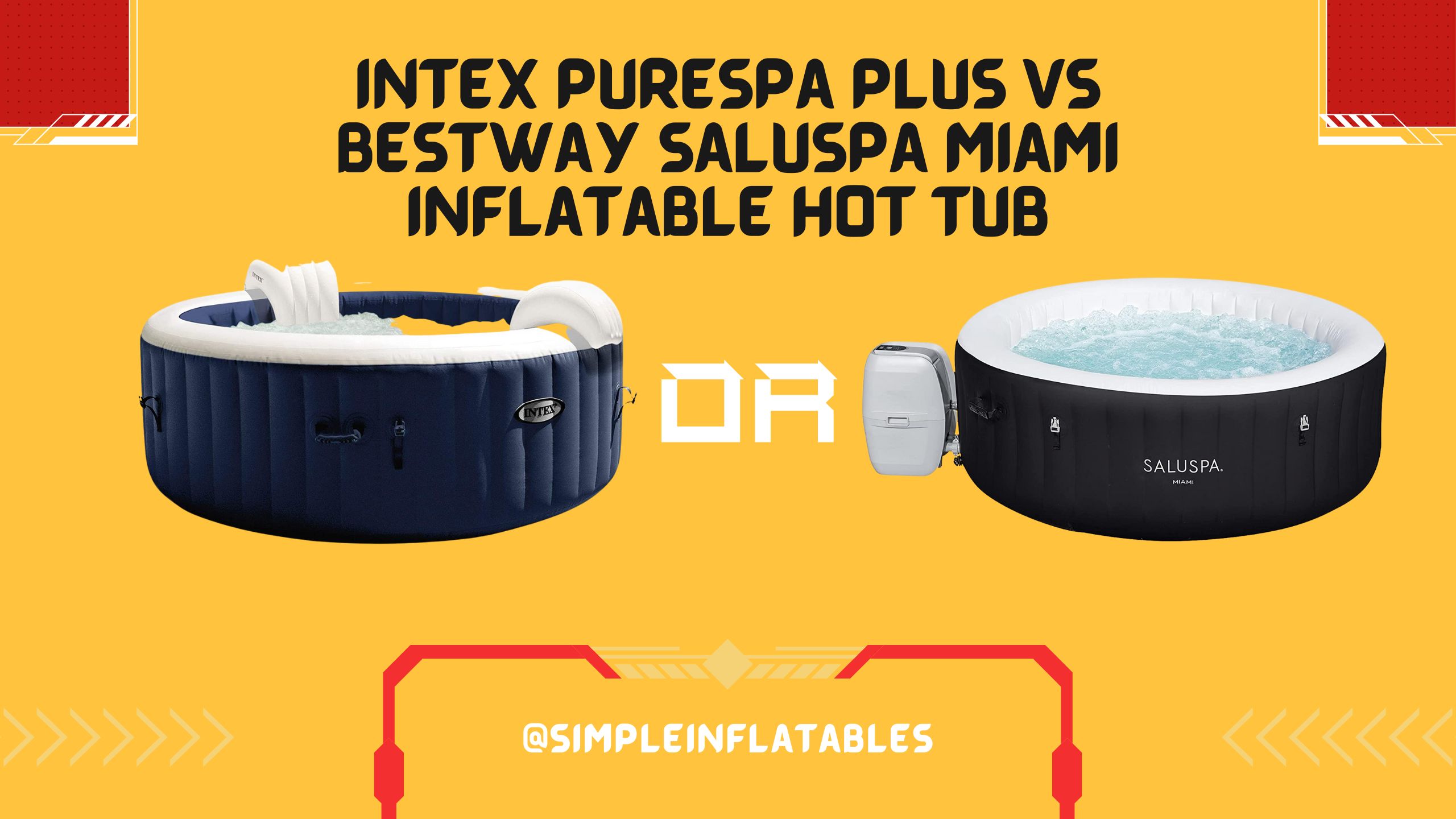Inflatable hot tubs have revolutionized the concept of home relaxation and luxury. They offer a portable and affordable alternative to traditional hot tubs, with the added convenience of easy installation and storage. But how exactly do these inflatable spas work? In this article, we’ll delve into the workings of inflatable hot tubs, exploring their features, functionality, and why they might be a great addition to your home.
Understanding the Basics
An inflatable hot tub is essentially a self-contained, portable spa. It’s made from durable, high-strength materials that can be inflated to form a rigid structure. These tubs are equipped with an air pump for inflation, a water pump for circulation, and a heating system to warm the water.
Key Components of an Inflatable Hot Tub
1. The Structure
Made from tough, puncture-resistant materials like PVC or layered vinyl, the walls of the hot tub are designed to be sturdy once inflated. The tub typically comes with a cover to retain heat and keep out debris.
2. Air Pump
This is used to inflate the tub. Most models have an integrated air pump that not only inflates the tub but also powers the air jets for a massage-like experience.
3. Water Pump and Filtration
A water pump circulates water through a filter, keeping the water clean and clear. The filtration system typically includes replaceable cartridges that trap dirt and debris.
4. Heating System
The heater raises the water temperature to your desired level, usually up to 104°F (40°C), which is the standard for most hot tubs. The heating rate varies depending on the model and external temperature.
The Setup Process
Setting up an inflatable hot tub is relatively straightforward:
- Find a Suitable Location: Choose a flat, even surface that can support the weight of the hot tub when filled with water.
- Inflate the Tub: Use the built-in pump to inflate the tub. This process usually takes just a few minutes.
- Fill with Water: Once inflated, fill the tub with water using a garden hose.
- Heat the Water: Turn on the heater. Heating the water to the desired temperature can take a few hours, so plan accordingly.
Advantages of Inflatable Hot Tubs
- Portability: Easy to move and set up in different locations.
- Affordability: Generally more cost-effective than built-in hot tubs.
- Convenience: No need for permanent installation or complex maintenance.
- Flexibility: Can be stored away when not in use, saving space.
Maintenance and Care
To ensure longevity and hygiene:
- Regularly check and adjust water chemistry (pH and sanitizer levels).
- Change the water and clean the tub periodically.
- Clean or replace the filter as recommended by the manufacturer.
- Store properly when not in use to avoid damage.
Conclusion
Inflatable hot tubs offer a blend of luxury, convenience, and flexibility, making them an excellent choice for those looking to enjoy the spa experience without a hefty investment. Understanding how they work helps in making an informed decision and ensuring proper maintenance. With the right care, an inflatable hot tub can be a delightful addition to your relaxation routine.
Whether you seek a cozy spot for winter evenings or a fun feature for summer parties, an inflatable hot tub can be a versatile and enjoyable investment for any home.



